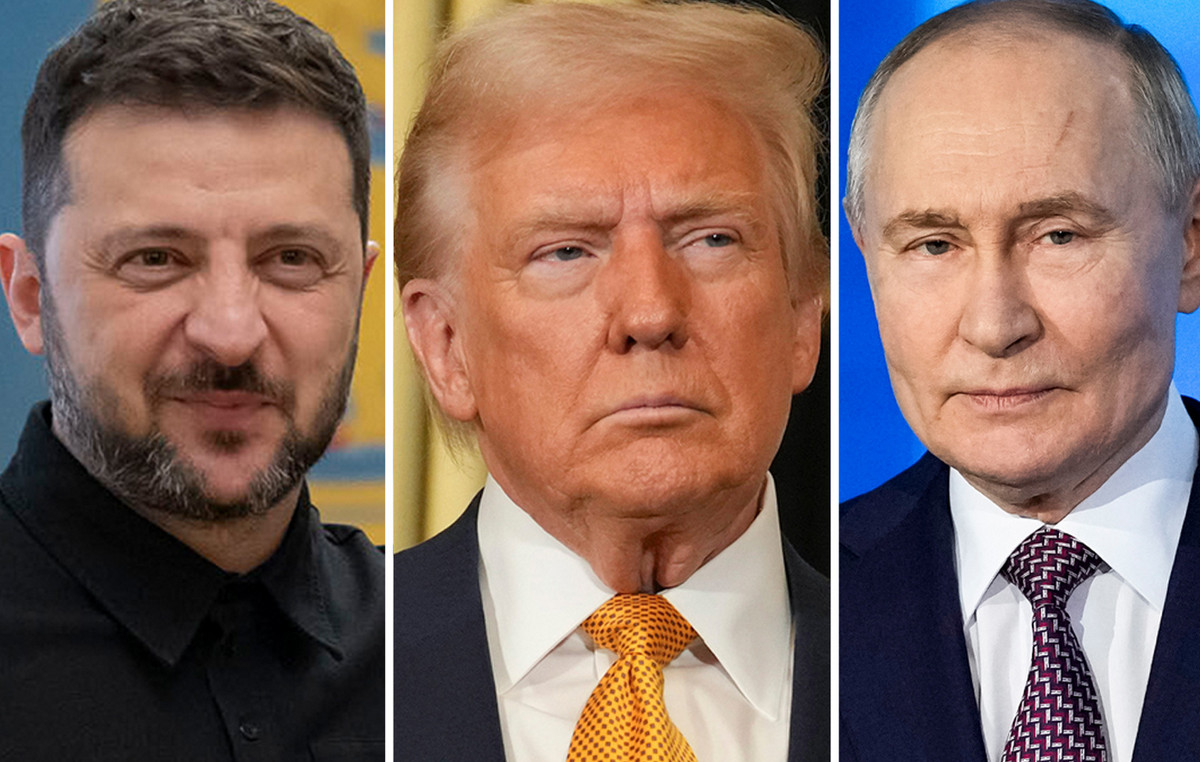- Gold price looks for possible support but comes under pressure from USD strength and rising Treasury yields.
- The Fed’s stance of higher interest rates for longer keeps the price of Gold under pressure.
- US durable goods orders contract at a slower pace in August.
The price of Gold (XAU/USD) seeks support after facing a sell-off as Federal Reserve (Fed) policymakers continue to favor further policy tightening due to the resilience of the US economy. The precious metal struggles to hold firm as Fed officials predict that additional efforts will likely be needed to bring inflation back to the desired rate as decent labor demand and strong consumer spending momentum keep high price pressures.
Although fears of a global slowdown continue to put pressure on risk-sensitive assets, the US dollar and Treasury yields remain bullish on the Fed’s “higher for longer” interest rate stance. Looking ahead, investors will focus on Wednesday’s US durable goods orders data, which will provide guidance on the health of the country’s manufacturing sector.
Daily summary of market movements: Gold price pressured by Fed comments
- The price of Gold finds provisional support near $1,910.00 after an intense sell-off. The overall trend remains weak, as Federal Reserve policymakers continue to support the “higher for longer” argument to ensure inflation eases to 2%.
- The broader Gold price trend is directionless, as the bearish trend is also supported by expectations that there will be no further interest rate hikes in the final quarter of 2023.
- According to CME Group’s Fedwatch tool, traders see a nearly 82% chance of interest rates holding steady at 5.25%-5.50% at the November policy meeting. For the rest of 2023, the chance that interest rates will remain stable is 61%.
- On Monday, the price of gold came under pressure from hawkish comments from Fed policymakers, specifically Minneapolis Federal Reserve Bank President Neel Kashkari and Fed Chairwoman Neel Kashkari. Boston, Susan Collins.
- Fed Governor Kashkari said the central bank will likely have to raise interest rates further and keep them elevated for some time to reduce inflation to 2%. “If the economy is fundamentally much stronger than we thought, at the margin, that would tell me that rates probably have to go up a little bit more, and then stay higher for longer to cool things down,” he added, according to Reuters reported.
- On rate cut expectations, Kashkari cited that if inflation softens in 2024, the Fed will cut rates to avoid excessive tightening.
- The Fed’s Collins said Friday that another rate hike is not ruled out. He further added that inflation can fall with only a modest rise in unemployment and that inflation of basic services, excluding housing, has not yet shown sustained improvement.
- Ellen Zentner, chief economist at Morgan Stanley, believes that the Fed will no longer raise interest rates.
- The Dollar Index (DXY) consolidates near a new 10-month high at 106.20 as data continues to point to the strength of the US economy and optimism in the labor market. The 10-year US Treasury yield rose sharply to 4.55%.
- While the Dollar and Treasury yields have risen significantly, the pace of decline in the price of Gold is slow, indicating downward support in expectations that the Fed has ended raising interest rates.
- For more information, investors await the August Durable Goods Orders report, due out on Wednesday. A contraction in orders of 0.4% is expected, compared to the 5.2% drop recorded in July.
- The US manufacturing sector is already going through a vulnerable phase. The US manufacturing PMI has been contracting for a long time and the weakness in the order book indicates that factory activity will continue to contract.
Technical Analysis: The price of Gold consolidates near minimums around $1,910
The price of gold discovers intermediate support near $1,910.00, but the general trend is sideways amid uncertainty over the outlook for interest rates. On a daily chart, the precious metal bids up in a symmetrical triangle chart pattern, demonstrating volatility compression. The 200-day exponential moving average (EMA) around $1,910.00 continues to act as primary support for the Gold price, while the 50-day EMA near $1,927.00 is acting as primary resistance.
Inflation FAQ
What is Inflation?
Inflation measures the rise in prices of a representative basket of goods and services. General inflation is usually expressed as a month-on-month and year-on-year percentage change. Core inflation excludes more volatile items, such as food and fuel, which can fluctuate due to geopolitical and seasonal factors. Core inflation is the figure economists focus on and is the target level of central banks, which are mandated to keep inflation at a manageable level, typically around 2%.
What is the Consumer Price Index (CPI)?
The Consumer Price Index (CPI) measures the variation in prices of a basket of goods and services over a period of time. It is usually expressed as a percentage of inter-monthly and inter-annual variation. Core CPI is the target of central banks as it excludes food and fuel volatility. When the underlying CPI exceeds 2%, interest rates usually rise, and vice versa when it falls below 2%. Since higher interest rates are positive for a currency, higher inflation usually translates into a stronger currency. The opposite occurs when inflation falls.
What is the impact of inflation on currency exchange?
Although it may seem counterintuitive, high inflation in a country drives up the value of its currency and vice versa in the case of lower inflation. This is because the central bank will typically raise interest rates to combat higher inflation, attracting more global capital inflows from investors looking for a lucrative place to park their money.
How does inflation influence the price of Gold?
Gold was once the go-to asset for investors during times of high inflation because it preserved its value, and while investors often continue to purchase gold for its safe haven properties during times of extreme market turmoil, this is not the case. most of the time. This is because when inflation is high, central banks raise interest rates to combat it.
Higher interest rates are negative for Gold because they increase the opportunity cost of holding Gold versus an interest-bearing asset or placing money in a cash deposit account. On the contrary, lower inflation tends to be positive for Gold, as it reduces interest rates, making the shiny metal a more viable investment alternative.
Source: Fx Street
I am Joshua Winder, a senior-level journalist and editor at World Stock Market. I specialize in covering news related to the stock market and economic trends. With more than 8 years of experience in this field, I have become an expert in financial reporting.







